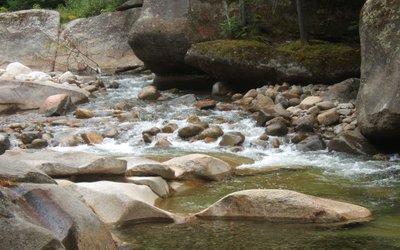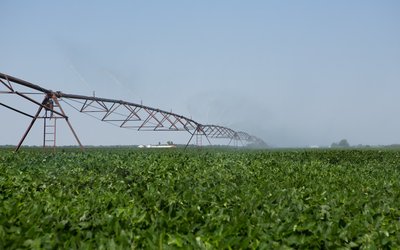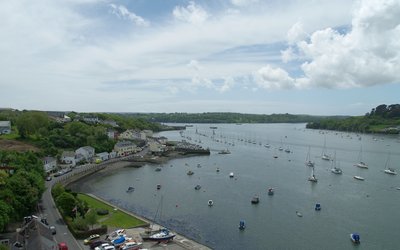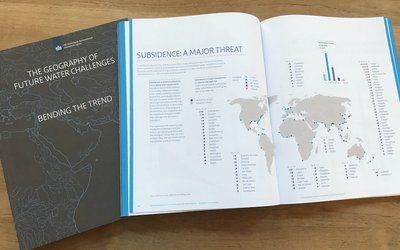Climate change is amplifying Europe’s contrast of drying south and wetting north
January 16, 2018
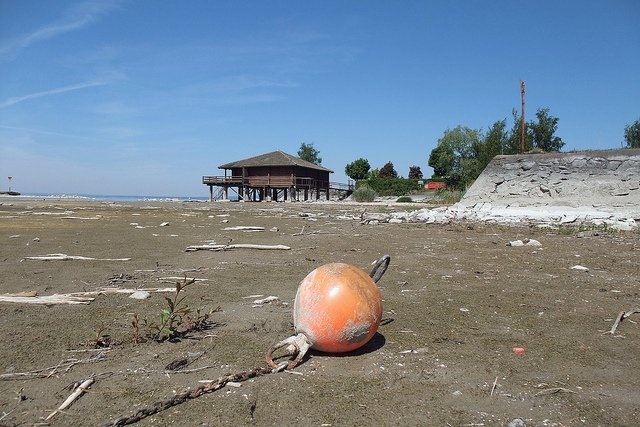
Water level of Lake Constance (Switzerland) during a drought in 2011 (photo: Kecko, www.flickr.com)
Runoff of rivers and streams in in the Mediterranean region shows drying trends over the last half century. For northern Europe, on the other hand, weak wetting trends have been observed. These trends show that on the continental-scale Europe’s renewable freshwater resources are changing. These changes may be due to several contributing factors: human management including land cover change, large-scale irrigation or the construction of reservoirs and dams, and changes in the hydrological cycle. A study has shown that the latter, observed changes in precipitation and evapotranspiration, largely explain the observed continental changes in runoff. What’s more, these changes can be related to anthropogenic climate change.
There is a high probability that anthropogenic climate change is amplifying the north-south contrast of runoff at the continental scale in Europe: state-of-the-art climate model simulations suggest that the observed pattern is captured only if the models are forced with human emissions. Most remarkable are the increasingly dry conditions in southern Europe, whereas the change in the north is less pronounced. In central Europe, the transition region from a decrease to an increase, there is little change.
These results highlight the issue of increased water scarcity in the Mediterranean region under climate change. The authors, therefore, stress the need of raising awareness of the possible consequences of anthropogenic climate change for regional water resources in the already water-scarce south of Europe.
Source: Gudmundsson et al., 2017. Nature Climate Change 7: 813-818

